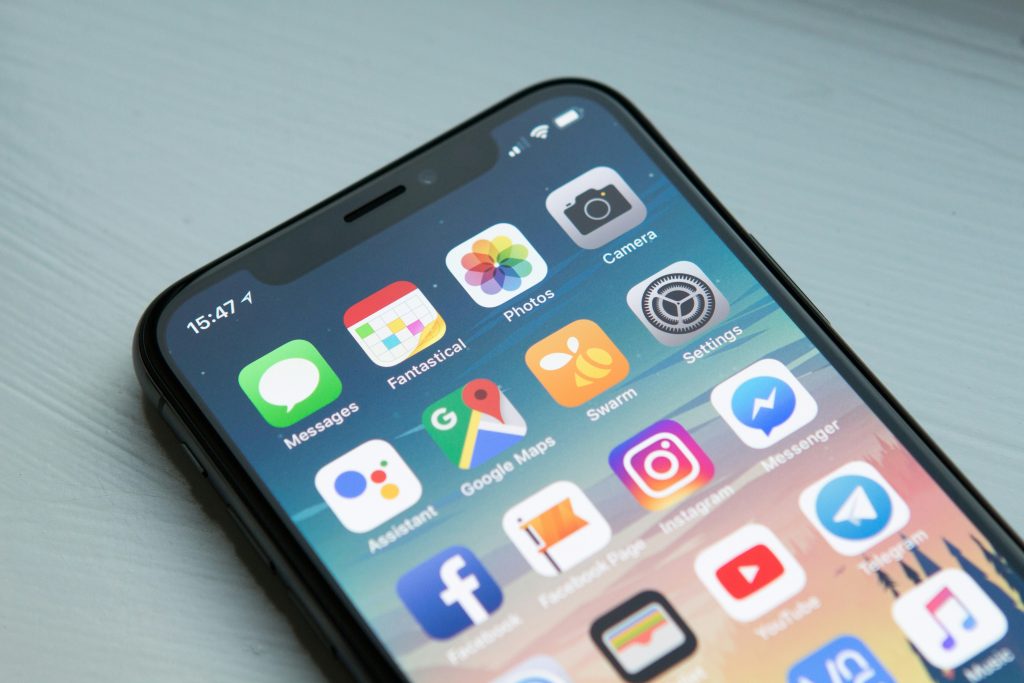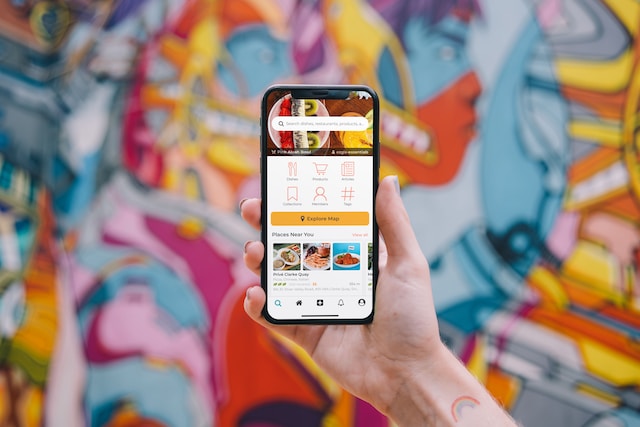In this digital world, where mobile phones are considered to be mini computers or mini robots, which can fulfill all your commands at just one tap. This efficiency depends on the mobile’s performance. Similar to other important business metrics, its success must be measured. The right metrics help understand the strengths and weaknesses of a mobile’s apps, and gain proper understanding so that one can work with any weak area accordingly.

Figure out how to utilize checking and analytical tools to get significant bits of knowledge about customer behavior, distinguish trouble spots, and advance your application for an astounding client experience. An information-centric approach helps you to make better choices, improve application execution, and increment client fulfillment.
Regardless of whether a software project is a mobile app, software application, or another type, continuous performance monitoring is essential.
This article will give guidance on the best way to gauge portable application efficiency and productivity involving exclusive KPIs for applications. Understanding these KPIs can help designers, organizations, and partners settle on informed choices and upgrade client encounters. This guide will likewise help you drive the development and progress of your applications.
Number of Applications Downloaded
The number of applications downloaded on your mobile tracks the transparency and efficiency of the mobile phone’s performance. It works as a first indicator checked by most people, and the most fundamental one.
Customer Development Rate
User development rate is among the primary indicators for the evaluation of mobile phone productivity. This growth rate of customers tells more about your business.
If there is any deviation between this growth rate and user growth rate declines. An urgent need for improvement is needed.
Application Productivity Measurements
Application efficiency measurements give knowledge into the speed, security, and asset utilization of your application. They can be utilized to recognize and resolve gives that might influence client maintenance, commitment, and change. Normal measurements incorporate burden time (the time it takes for your application to send off and show the primary screen), reaction time (the time it takes for your application to answer client data sources and demands), crash rate (the level of application meetings that end in an accident or unhandled special case), blunder rate (the level of application demands that outcome in a mistake or bombed result), battery use (how much battery power your application consumes during a meeting), and memory utilization (how much memory your application dispenses and liberates during a meeting). By checking these presentation measurements, you can guarantee that your application is working ideally.
Reciprocation Time
Response time is the time required for an app to respond to a user’s data. It records the timestamps of when an activity by the client is set off and when its reaction is shown. This determines any delays by calculating the difference in time. It is essential to possess a speedy reaction energy for an effective client experience.
Use profiling devices to investigate application execution to guarantee a fast and consistent reaction. Screen reaction times to distinguish bottlenecks and further develop portable application execution.
Latency
Latency is the amount of time it takes for data to travel from the user’s device to the server in computing. latency is measured by utilizing network analysis and mobile app performance tools. To comprehend how an application acts in various organizational situations, recreate different circumstances.
Higher latency can adversely influence the client experience by causing slow information recovery and wasteful synchronization. Committed developers can further develop the client experience by optimizing and checking the latency. It is particularly significant in the context of real-time data and online communications.
Degree of Consistency of Applications
Your application retention rate lets you know the number of clients who kept on connecting and reconnecting and proceeded to draw in and reconnect with an application over a set timeframe.
This application metric is measured on regular intervals of months, weeks, or daily schedules. Users initially introduce the app and elucidate you about consumer loyalty, possible increments or diminishes in future income produced by your application, and significantly more.
Session Length and Profundity
The time a user spends on your app and the number of features or pages they use, is explained by the session length and session depth.
Sessions begin when a user opens your app and performs actions there. they end the session either due to inactivity or when the app is closed or shut.
some might not consider session length an important metrics, but generally, the longer a user says at your app, the more it is better.
Meeting profundity gives further knowledge into your client commitment levels – the further they go, the more they are locked in. The more they are locked in, the more noteworthy the possibilities they will change over.
You can catch this information and seriously utilize UXCam, including precisely the exact thing pages clients collaborated with and visited or the issues that made them bob off.
Cost Per Spending
The typical expense spent on securing another client is determined by partitioning the absolute advertising spend by the number of new clients obtained. This measurement assists you with surveying the viability of your advertising efforts and distributing your financial plan all the more productively.
Day-to-Day Dynamic Clients (DAU) and Month to Monthly Dynamic Clients (MAU)
Estimating the number of exceptional clients who draw in with your application on both a day-to-day and month-to-month premise gives various significant experiences in portable application execution.
They are utilized to quantify client commitment, including development rates and degrees of consistency, as well as give bits of knowledge into examples of client conduct that you can try to gain in like manner.
Everyday Dynamic Client measurements give valuable information about client commitment to events like the presentation of another component or advancement, while Month-to-month Dynamic Client measurements are significant for understanding what’s going on with things like your beat rate. Talking about which…
Lifetime Esteem (LTV)
Lifetime esteem (LTV) gauges how much income a client addresses a business over the existence of the organization/client relationship. A crucial metric for a business attempting to compare the cost of customer acquisition (CAC) with the anticipated revenue they will generate is customer lifetime value (CLV, or CLTV).
App Store Rankings
Ranking of your app in the app store, and its ranking. It is essential to optimize your apps via search engine optimization, screenshots, and descriptions to achieve a higher ranking, which can result in increased visibility and downloads.

Report Crash
A process for tracking down and analyzing crash details. Crash detailing is an interaction for following and breaking down crashes. some tools like Crashlystics and Firebase help developers trace crashes among their apps. This information aids designers with bits of knowledge into the reasons for crashes and permits them to rapidly distinguish and fix issues. Crash reporting contributes to app stability and enhances user experience. It enables developers to anticipate and address issues that could hurt the performance of mobile app testing tools or user satisfaction.
Screen Delivering Time
The screen delivering time is the point at which an application shows the substance on the screen. Computerized advertisers and engineers can gauge screen delivering times utilizing profiling instruments or GPU delivering investigation. Slow delivery can bring about an uneven, lethargic point of interaction. Engineers, with input from computerized advertisers, can decrease screen delivery times by improving the format, limiting muddled delivering cycles, and utilizing equipment speed increase. It will guarantee a smooth, outwardly satisfying experience for the client.
Customer Acquisition Cost (CAC)
Customer acquisition cost (CAC) is a business metric that estimates how much your company will have to spend to acquire new customers.
An organization’s CAC is the all-out deals and showcasing spending that goes into procuring another client. Your CAC can be determined by separating the all-out gross income created during a given period by the deals and promoting costs caused during a similar period.
Error Rates
The blunder rate is a proportion of the number and kind of mistakes that happen in an application. Models incorporate HTTP mistakes or Programming interface disappointments. Error rates are measured by developers using logging and monitoring tools. Error log analysis may help locate issues that could hurt the user experience.
Engineers can improve application strength and unwavering quality by lessening blunders through bug fixes and further developed mistakes dealing with. Because reducing errors increases user satisfaction and retention, error rate measurement is essential for mobile app optimization and performance KPI evaluation.
Conclusion
It is important to evaluate a mobile’s performance as this is a business imperative. Without the right tool, it would be hard to address any mishap or issue that will impact a business further. Try to use metrics like, app store ranking, report crash, lifetime esteem, etc. Carry out execution checking and break down information consistently. Focus on a genuine client experience, distinguish bottlenecks, and make information-driven changes. Your app can maintain customer satisfaction and remain competitive in the mobile app market with consistent monitoring. So if you want to have any mobile application, it is important to know about your mobile phone’s performance.







